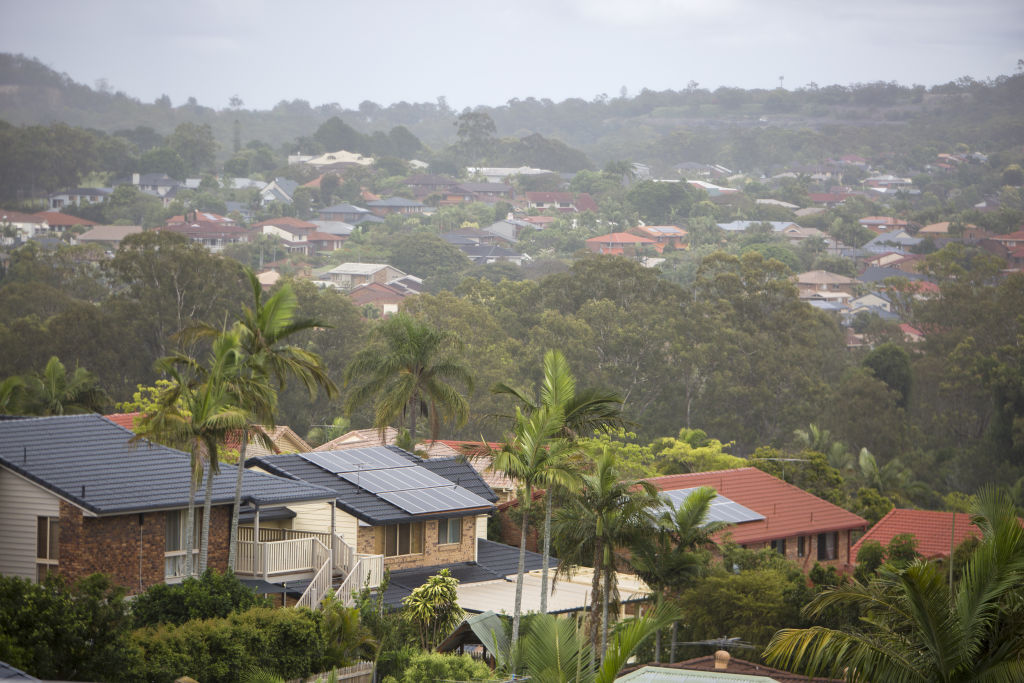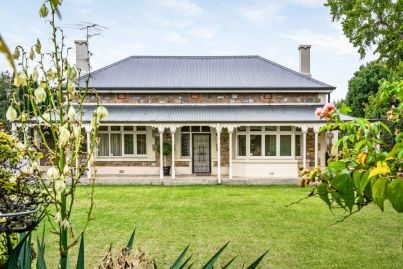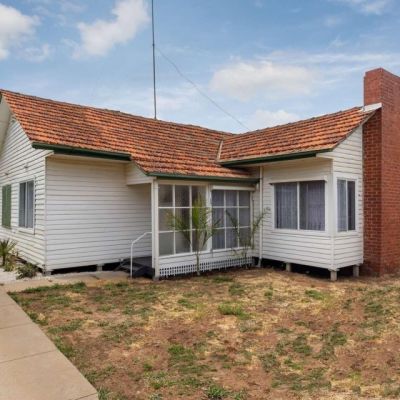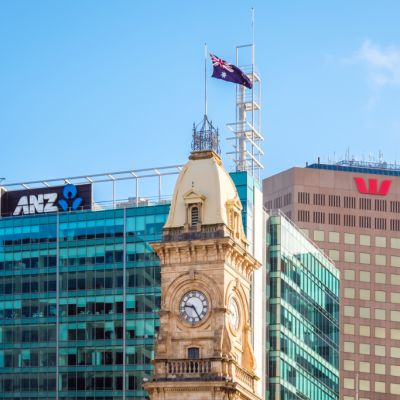Rising interest rates have pushed property prices down. Here's what's going to prop them up

Fears that the downward slide in property prices could accelerate as a result of continued hikes in mortgage rates might not be as justified as many think, a new Domain report on the influence of interest rates on property prices suggests.
Instead, in the longer term, the prospect of greater population growth could well have a bigger influence in propping up prices, says its author, Domain chief of research and economics Dr Nicola Powell.
Domain’s research found that when the mortgage rate rises by 1 per cent, Australia’s house prices fall by 1.34 per cent over a quarter.
However, when the population of Australia increases by 1 per cent, long-term cumulative house prices increase by 8.18 per cent.
Powell says this suggests that, over time, changes in population are more impactful to property market movements than mortgage rates.
“It’s one of those positive aspects in terms of drivers of the housing market,” she says. “An increase in demand affects prices moving forward, and the Australian economy was built on high levels of overseas migration.
“There’s clearly a government commitment to significant levels of population growth now, with an increased quota for permanent migration and particularly for skilled migrants, and there’s a certain expectation about their income and their demand for homes.”
There’s been a faster-than-anticipated rebound in net overseas migration since Australia reopened its borders after the pandemic, and the Treasury now reports population growth of 0.7 per cent during 2021-22, up from its previous estimate of 0.4 per cent.
Net overseas migration is expected to recover to around 200,000 people a year, or just over by 2022/23, leading to an overall population growth of 1.2 per cent over the same period, after falling sharply to 0.2 per cent in 2020-21.
Demographer Mark McCrindle predicts our population growth, usually over 1.5 per cent a year since 2006, will recover very rapidly from the COVID low due to government policies to lift caps and encourage skilled migrants and overseas students.
“If it hits 1.1 per cent now, that means an increase of 290,000 extra people as the population base increases, and I’ll think we’ll get up to 390,000 a year, and break 400,000 a year quickly,” McCrindle says.
“That means over a million people in three years, which will mean a significant lift in demand for housing against supply. That’s where we’ll see price rises coming back into the property market.”
While movements in house prices are the end result of a complex mix of many factors, Powell says it “seems unlikely that mortgage rate increases alone could tank the property market”.
Looking at 30 years of data, she found that a 1 per cent increase in mortgage rates results in a fall in Australian house prices of 1.34 per cent.
That could be more in higher-value markets, like NSW and Queensland, where the market is more sensitive to rate rises, and less in more affordable economies like South Australia.


“But our analysis shows that house prices react to changes in mortgage rates within the same quarter, whereas population has a cumulative longer-term effect,” Powell says.
“In Melbourne, the effect of changing mortgage rates was almost half that of Sydney and the underlying cause may be because Melbourne has experienced the most rapid population growth rate in recent years and is set to become Australia’s largest city – population-wise – by 2031-32.
“The rapid population growth has continued to drive an increase in housing demand despite increases in mortgage rates. We see an ongoing impact from a growing population.”
Brendan Coates, economic policy program director at the Grattan Institute, believes that mortgage rates would normally have a bigger impact on prices than population – as long as enough extra dwellings were built quickly and at a low cost to accommodate the extra demand.
“Past episodes of rising housing demand did not see such rapid increases in house prices,” he says. “Rapid population growth in Australia in the 1950s was matched by record rates of homebuilding. House prices barely moved …
“But housing construction in Australia in recent years hasn’t kept up with increasing demand. Heading into the COVID pandemic, Australia had just over 400 dwellings per 1000 people, which was among the least housing stock per adult in the developed world.
“Australia had also experienced the second-greatest decline in housing stock relative to the adult population over the 20 years leading into COVID.”
We recommend
We thought you might like
States
Capital Cities
Capital Cities - Rentals
Popular Areas
Allhomes
More










